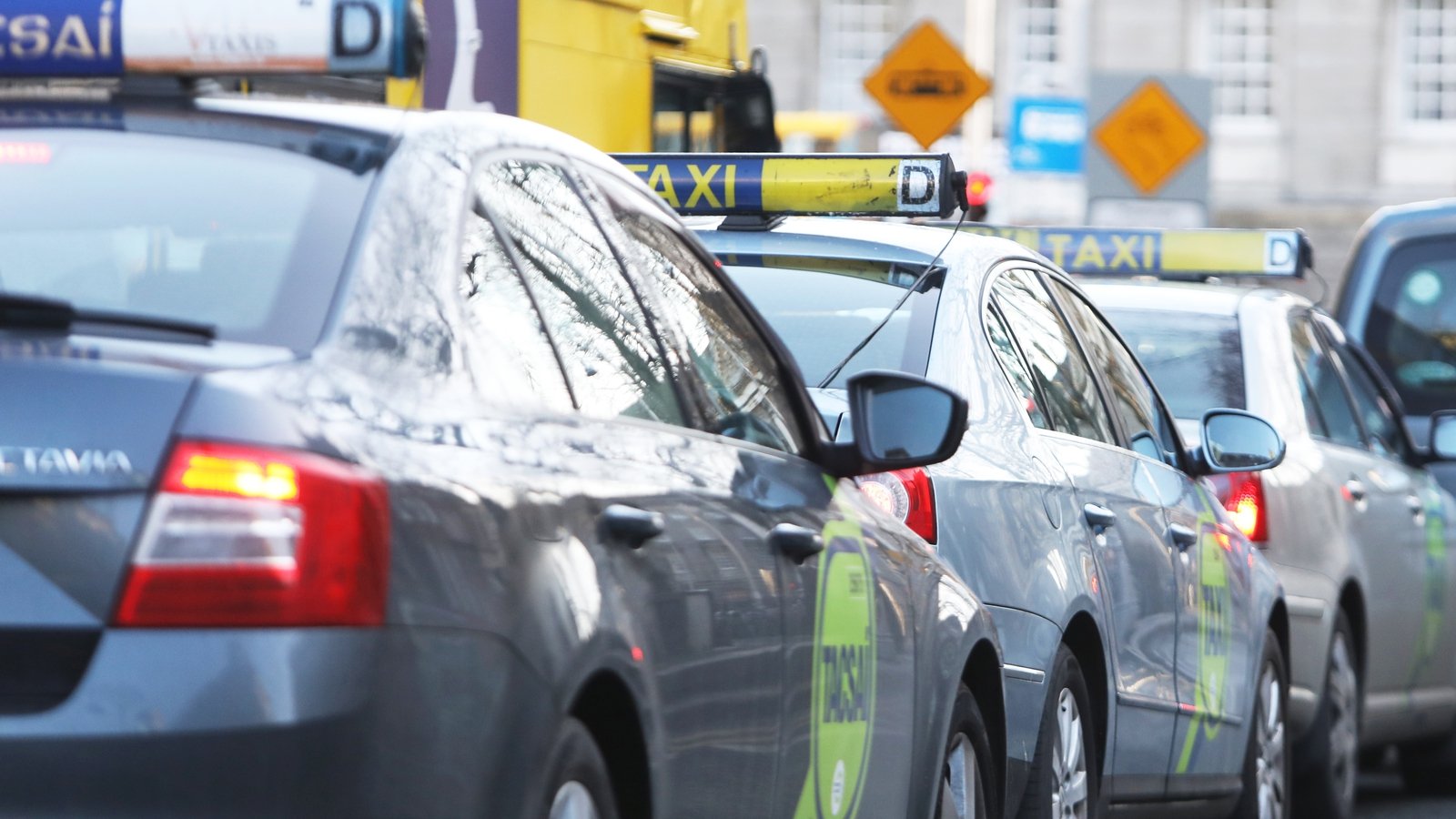Bussiness
9% increase in taxi fares recommended by NTA

Taxi fares look set to increase by approximately 9% later this year after the National Transport Authority (NTA) recommended a hike to reflect the cost of operating a cab.
The NTA has launched a public consultation on the proposal following its regular two-yearly review of charges in the industry.
It recommends a maximum fare increase of 9% given the potential impact that price rises could have on consumer demand for taxis.
The proposal follows an average increase in taxi fares of 12% approved following the previous review in September 2022.
Nighttime fares rose by 17% to incentivise drivers to operate during a peak demand time.
A portion of the increase was used to compensate taxi drivers for the requirement to provide cashless payment facilities in their vehicles.
The latest review, carried out between November 2023 and March 2024, examined the impact of inflation, fuel prices, the general economic situation, and increased public transport availability in Dublin and surrounding areas.
The NTA said it showed “sustained, steady economic growth in Ireland with resultant inflationary pressures.”
However, the authority also observed that uncertainty was the defining feature of the economic climate faced by taxi drivers over the past decade.
These included supply chain issues resulting from Brexit, which affected the purchase of second-hand vehicles from the UK, and the Covid-19 pandemic, which imposed major restrictions on travel.
The NTA pointed out that the results of a household survey it commissioned show the cost of living was affecting the demand for taxis with the number of people who said they used cabs down to 81% from 83% in a previous survey.
In addition, 43% of respondents said they were taking less taxi journeys while only 9% said they were using cabs more often than before.
The main reasons cited by respondents for taking taxis less was that they were not socialising as frequently as before and because they had lower levels of disposable income.
There were mixed results when it came to whether people regarded taxis as good value for money – 34% agreed and 35% disagreed.
Research conducted for the NTA shows that 52% of all taxi journeys are for “social” reasons.
Demand for cabs is strongest on Fridays and Saturdays, which account for over 50% of all fares.
The NTA noted the results of the survey also demonstrate that alternative options are available for many people, mainly buses, but also trams and trains.
It highlighted how the introduction of discounted Leap Card fares, including the TFI-90 €2 fare, made public transport in Dublin and particularly multi-leg journeys more affordable.
Over 16,00 taxis registered in Ireland
The latest figures show there were 16,526 registered taxis in February – up 2% since the last fare review in 2022, but down 7% on pre-pandemic levels.
The NTA said the number of small public service vehicles, which includes taxis and hackneys, at 3.7 per 1,000 population is one of the highest per capita rates in Europe.
The rate in Dublin, of 7.2 per 1,000, is far higher than other cities with a similar population, it added.
The review showed the estimated annual running costs for a taxi driver is €7,182 based on annual average travel of 49,800km.
However, they have fallen slightly compared to two years ago due to reduced fuel prices.
In contrast, fixed costs have risen because of increases in the price of vehicles.
The NTA acknowledged that labour costs – the earnings of taxi drivers which account for approximately two-thirds of all costs of operating a taxi – have increased by 9-11% since the last review two years ago.










